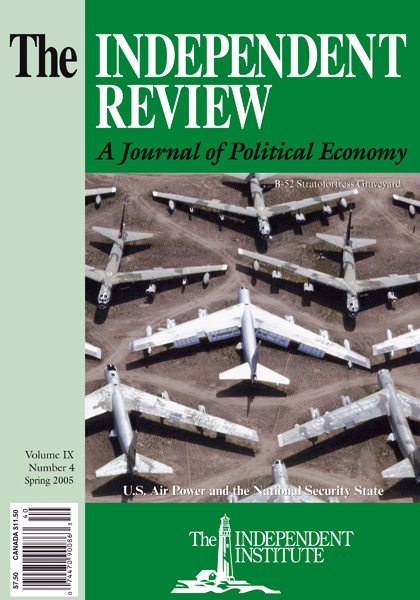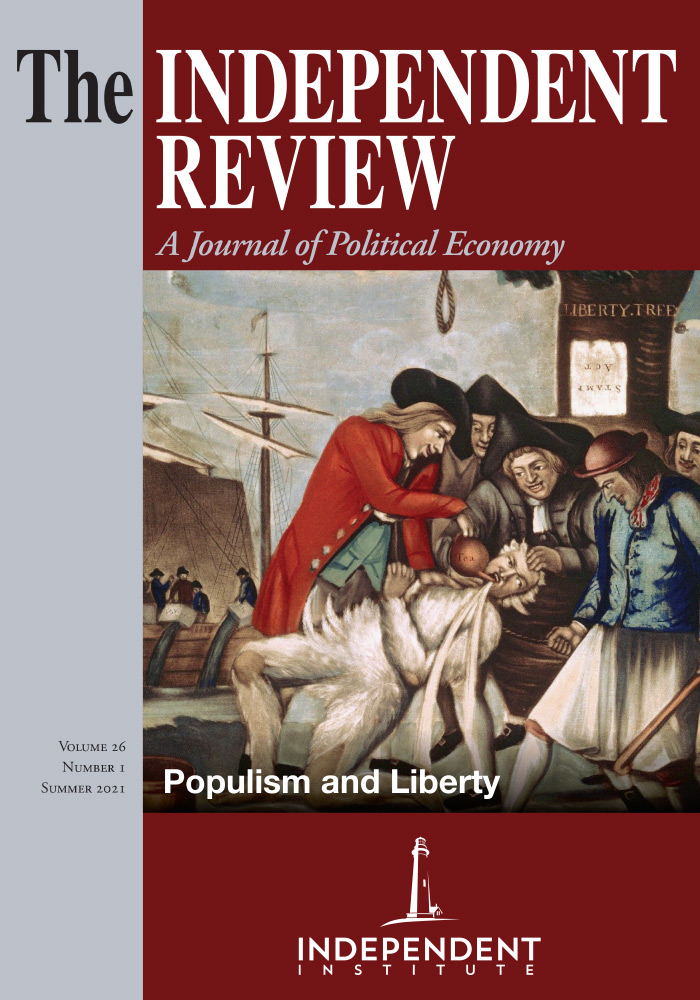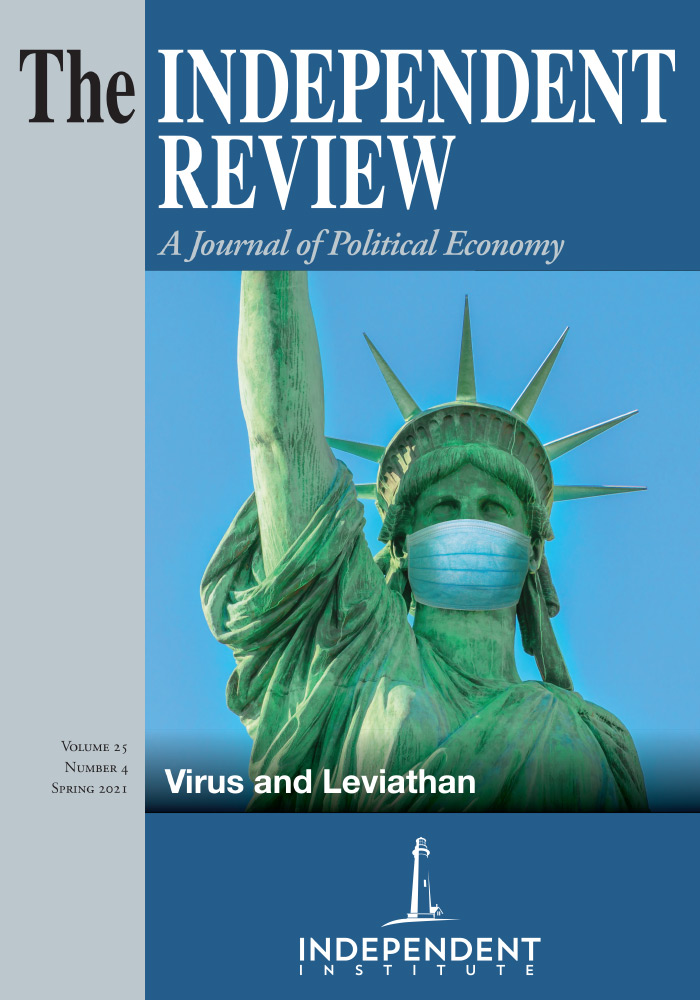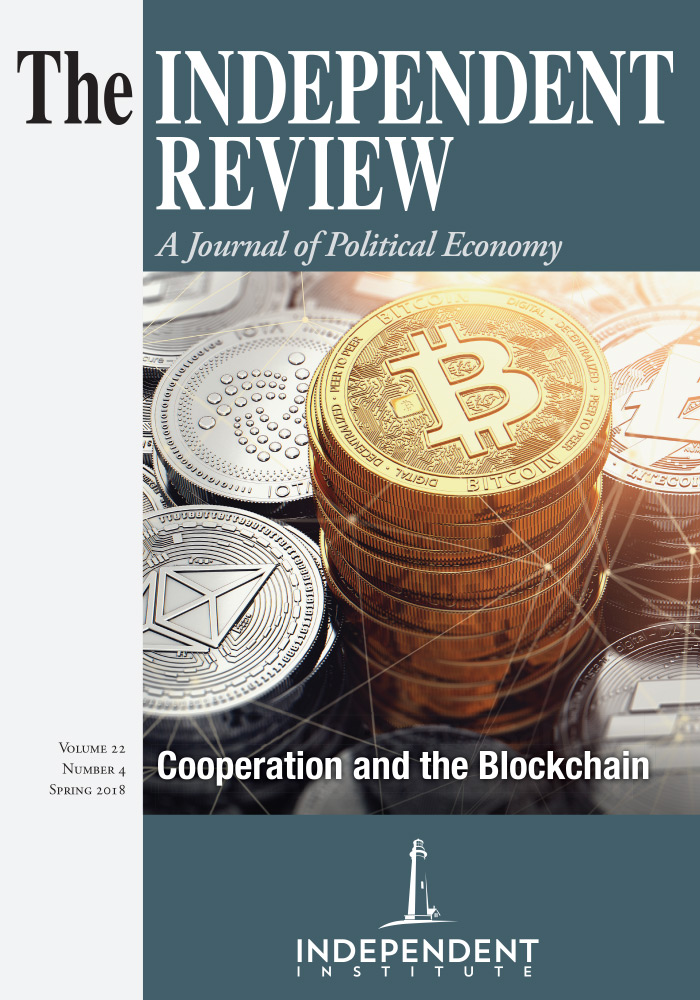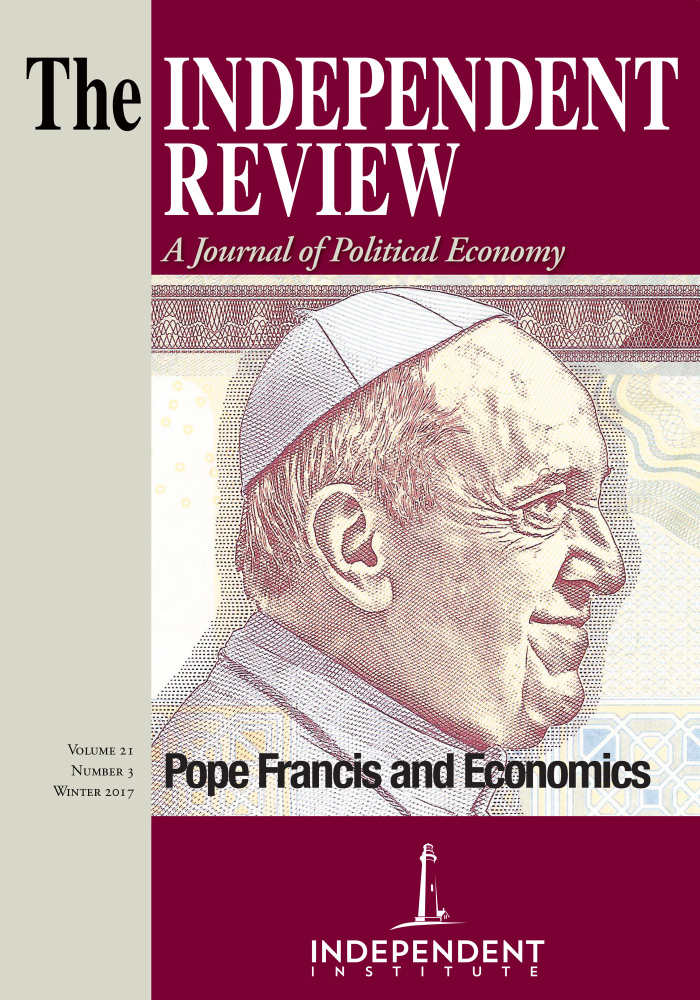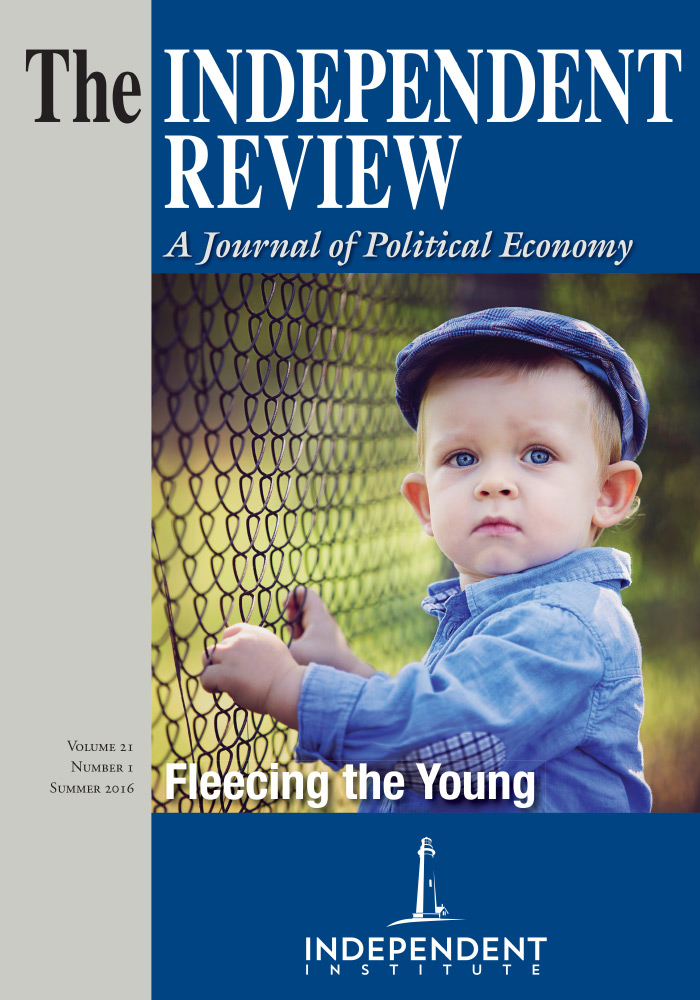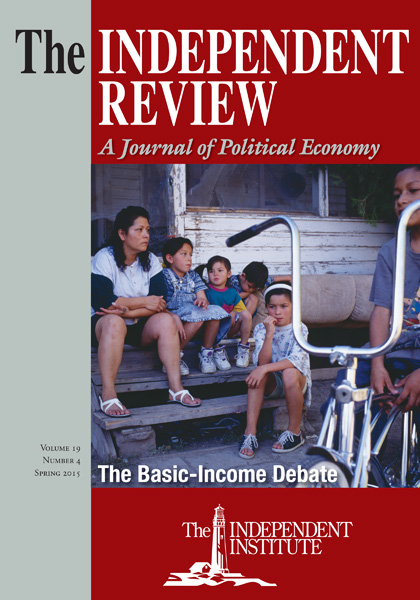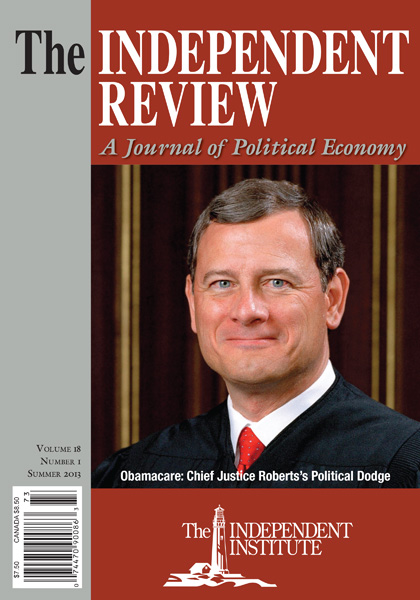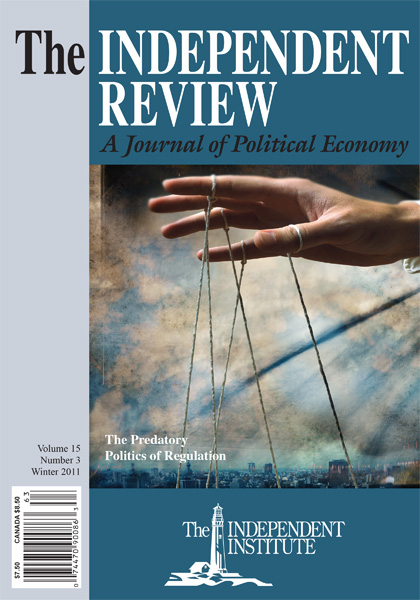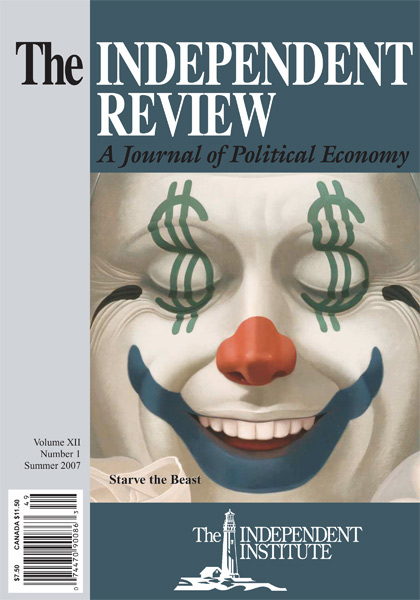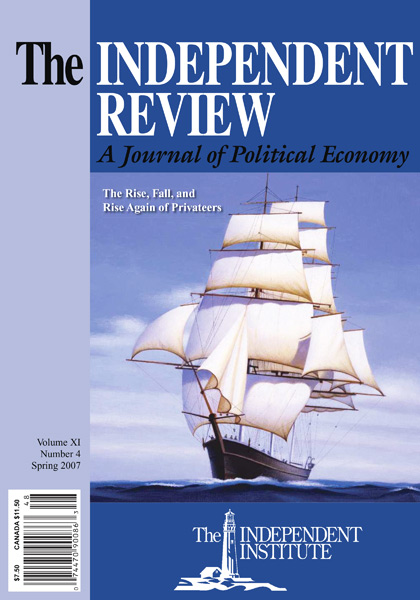Wishful nation builders assume that democracy can be established anywhere, whereas their scholarly opponents put forth a long list of prerequisites that must be met before democracy can take root and survive on new soil. But perhaps non-democracies lack only one essential characteristic: a shared commitment to avoid resorting to domestic political violence.
Article
What does it take to implant democracy in a foreign land? For more than a century now, the United States has been sending troops into troubled countries, holding elections, and hoping democracy will take root. The results, overall, have been disappointing.
The results of one of the first efforts, the 1898 intervention in Cuba, are typical. Following the Spanish-American War, the United States administered Cuba for four years, turning power over to an elected Cuban president in 1902. A violent revolution forced him from office, and U.S. troops came back in 1906. After more reforms and new elections, the United States again turned power over to the Cubans in 1909. More instability ensued, including another violent revolt. The U.S. Marines came back yet a third time in 1917, restored order, held elections again, then withdrew in 1922. Since that time, Cuba has endured a succession of unstable and autocratic regimes, most recently Fidel Castro’s totalitarian dictatorship.
Recent nation-building efforts—in Haiti, Afghanistan, and Iraq—seem to indicate that our understanding has not progressed since the days of the Cuban intervention. The problem is not that we have the wrong theory about nation building. A bad theory can be corrected and improved. The problem is that U.S. policymakers do not have any theory. They dogmatically assume that wherever U.S. troops end up as a result of this or that foreign-policy initiative, democracy can be made to flourish.
Undersecretary of State Paula Dobriansky expresses this mindset: “One should not make the mistake of believing that there is anything inherent in Islam, or any other faith or culture, that will prevent the emergence of democracy” (2004, 76, emphasis added).
Perhaps Dobriansky is correct in saying that Islam does not preclude democracy, but her sweeping insistence that there can be no possible cultural barriers to democracy—anywhere, anytime—flies in the face of the U.S. experience. Common sense suggests that there are bound to be countries in which democracy cannot be made to succeed, at least not within any reasonable time. We might save ourselves frustration and guide policy more intelligently if we began to understand what the limits to democracy are.
Democracy’s Minimum Requirement
Although the nation builders have casually assumed that democracy can be established anywhere, the scholars have gone to the opposite extreme. For them, democracy is a delicate flower that requires a host of social and institutional prerequisites. Over the years, they have compiled a long list of requirements. One scholar suggests that democracy requires a populace endowed with nine psychological traits, among which are tolerance, realism, flexibility, and objectivity, and, further, that the country must have economic well-being, economic equality, and an educated citizenry (Cohen 1971). Another political scientist names seven conditions necessary for democracy, including “a strong concern for the mass of people” and “high social mobility” (De Grazia 1952, 546–47). Two other scholars claim that democracy rests on seven basic beliefs, including “respect for individual personality,” “belief in rationality,” and “equality of opportunity” (Corry and Abraham 1958, 29, 33, 35).
Such comprehensive lists overshoot the mark greatly, however. They represent an effort to describe the perfect context for democracy—or, indeed, the perfect context for the perfect democracy. They are thus largely irrelevant to the task of understanding real-world democracy, which is always compromised and flawed. Instead of pointing to all the desirable features, we need to focus on the bare minimum needed for even an imperfect democracy to exist.
What is that minimum? I would put it this way: a restraint in the use of violence in domestic political affairs. In a functioning democracy, we tend to take this condition for granted. We assume that opposition leaders do not routinely take up arms to try to shoot their way into power. We assume that presidents do not routinely jail and murder their critics and opponents. In many foreign lands, however, this assumption about peaceful participants is not satisfied. Many people are disposed to resort to violence in political disputes. They are willing to kill—and to risk being killed—to counter a perceived wrong or to implement what they believe to be right or just to get themselves into power. These places are “high-violence” societies, and in them democracy cannot thrive.
A good picture of a high-violence society is this description of the Haiti of the early part of the twentieth century, before the United States occupied the country in 1915: “No man in those times ventured on the public roads for fear of being drafted in a revolutionary or, perhaps worse, a governmental army. They stayed in their hills, and all marketing to the towns was done by the women. Numbers were killed in each revolution, towns looted and sections burned, and no life was safe and no justice existed once the government in power marked a man as its enemy and could lay hands upon him” (Davis 1929, 266).
Haiti is another example of failed U.S. nation building, by the way. After spending eighteen years fighting local terrorists and trying to administer the country, U.S. forces left in 1934. Since that time, the country has suffered the dictatorship of the Duvaliers, father and son, and more waves of political violence, prompting another U.S. intervention from 1994 to 2000 and yet another in 2004.
To say that a high-violence society cannot support democracy does not mean that a democracy requires perfect domestic peace. It can survive violence if the violence is independent of the political elite. There is an enormous difference, which observers usually ignore, between an assassination carried out by a lone killer and one planned by political leaders and condoned by a large segment of the public. The former has no more political significance than a fatal automobile accident. The latter—which I call a “political murder”—sets the stage for a civil war or a dictatorial crackdown.1 It is not the assassination, riot, or terrorism that identifies a high-violence society. Rather, the distinguishing mark is some leaders’ deliberate use of these acts of violence as tools in their struggle against others.2 Leaders who employ such acts are not repudiated; their followers excuse their bloody deeds as necessary, understandable tactics.
Democrats Refuse to Fight for Democracy
The idea that nations differ in the disposition to resort to political violence takes some getting used to. For one thing, it seems politically incorrect these days to suggest that one group of people may differ significantly from another. However, we are not speaking of a biological or genetic difference. The inclination to resort to violence is a cultural orientation. It is transmitted from one generation to another, and, as the historical record shows, it can be unlearned.
We resist the notion that some cultures are more politically violent than others for another reason, too: we assume that motives completely explain violence. At least since the time of John Locke, we have been taught to interpret violence as the understandable response to an “intolerable” situation. The American Revolution is a classic example. The cause of this violence is supposed to have been the colonists’ justified anger at King George’s “long train of abuses and usurpations.” Using the same logic, we say that if people are revolting in this or that foreign land, they have a strong reason to do so: they are hungry, or they are a disparaged minority, or they are fanatics who want to impose their religion or ideology.
Of course, motives, ideals, and ideologies do play a role in political violence. No one takes up the sword for no reason. Possible motives for violence always exist in every country. People everywhere resent certain injustices and abuses, and some always embrace extreme worldviews and ideologies. What we overlook, however, is that in some cultures, participants readily respond violently to their grievances, whereas in more peaceful cultures the same grievances do not produce a violent reaction.
For example, a common complaint of those who start civil wars is that they have been the victims of an unfair electoral process, that they were “cheated” out of their rightful victory. At first glance, this grievance seems an adequate motive for a revolt. A closer look reveals, however, that elections in democracies frequently involve serious errors and ambiguities, irregularities that the losers believe robbed them of victory. Yet they do not turn to violence. George W. Bush’s election in 2000 is an example. Besides giving rise to claims of ballot irregularities in Florida, this election violated a core principle of democracy: the candidate who obtained the most popular votes nationwide was denied victory (by the Electoral College arrangement). Many Democratic Party leaders were—and still are—angry about that election, but they did not resort to force to retaliate.
The point is profoundly paradoxical: in an established democracy, participants do not take up arms to protest even a transgression of democratic principles, such as (real or imagined) electoral fraud. The hallmark of these societies is a relatively low disposition to resort to political violence for any reason. In a high-violence society, in contrast, all sorts of complaints, even apparently trivial ones, seem to provoke a violent reaction.
Good Guys and Bad Guys
Also impeding our ability to recognize a high-violence society is our inclination to take sides in foreign political disputes: one political group is the gang of thugs, and almost everyone else is peaceful. Unfortunately, we tend to perceive all politics everywhere in these terms. We see a dictator using force to repress and persecute his opponents, so we naturally condemn him, but then, as part of the psychological mechanism of taking sides, we further assume that his opponents are blameless. Although this assumed condition may be the case, our impulse to look for “good guys” in many Third World situations leads us to overlook the fact that many or most of the other participants in those situations are also violent and thuggish by democratic standards.
Iraq affords a good illustration of this process of distortion. Saddam Hussein was certainly a nasty dictator who engaged in every sort of violence, from murdering rivals and massacring minority groups to invading neighboring countries. In the process of taking sides against him, however, many observers supposed that he alone was responsible for the violence in Iraq. Thus, they saw all the other participants—Shiites, Kurds, and so forth—as blameless and peaceful. From this perspective, simply removing Saddam would result in a stable, peaceful regime. Unfortunately, this assumption was, and is, wrong. Iraq is a high-violence society, a place where many people are disposed to act in thuggish ways, and their violence makes a democracy untenable.
It is understandable that we should condemn a foreign dictator’s violence, but our disapproval should not lead us to assume that the ruler is the only one in that society disposed to use force.
The Evolution Away from Force
How does a high-violence society get to be that way? Although this question is a natural one to ask, it betrays a misunderstanding. It suggests that a violent politics is a variable condition, like an illness that can be contracted, got over, and then contracted again. If we study the political history of different cultures, however, we will not see such an up-and-down pattern. Instead, we will find that all countries seem to begin as high-violence societies and then evolve away from this pattern. Many years ago countries such as England, France, Italy, and Norway were characterized by an extremely violent politics. For example, the regime of Henry VIII in England (1509–47) was as violent and as vicious as any modern dictatorship. Henry murdered not just inconvenient wives, but scores of noblemen as well as loyal aids, advisors, and even children. Nor was he the only one who lived by the sword in those days. He faced revolts in Lincolnshire, Scotland, Ireland, and Yorkshire. The Yorkshire revolt was put down with the aid of a promise of amnesty, which Henry subsequently betrayed, ordering his henchmen to perform “dreadful execution” on “the inhabitants of every town, village, and hamlet that have offended” (Henry’s edict qtd. in Durant 1957, 566–67). Today we call this kind of action genocide; in the old days, it was politics as usual.
Hence, a high-violence society does not get that way because of any particular cause or condition. It is better understood as a society mired in the past, a society that has failed to make the transition away from primitive, counterproductive modes of interaction. With regard to political violence, Iraq in the early twenty-first century is almost exactly what England was in the mid–fifteenth century. The question we need to ask, then, is not “What went wrong with Iraq?” Instead, it is “What went right with England—and the other areas that evolved away from the violent politics of an earlier time?”
The latter question is not a simple one to answer. Both historians and political scientists have all but ignored the topic of political violence, and as a result we have little knowledge about how and why a society evolves away from a violent politics. The best I can do at this point is to offer some preliminary observations.
Elements Involved in Evolving Away from Violence
1. The evolution away from violence appears to take a long time. It may seem, from our modern perspective, that because political violence is wrongheaded and inefficient, we will have no great difficulty in instructing people to stop it. Unfortunately, the impulse to violence is embedded in and reinforced by a broad cultural mindset that encompasses a host of attitudes, including extreme self-centeredness, intolerance, naïveté, hubris, paranoia, and emotionalism. It may not take centuries—as it did in England, for example—to overcome this profoundly immature outlook, but it cannot be talked away in a week, a year, or even a decade.
2. Because the evolution away from violence is mainly a cultural change, institutional measures have little effect on it. The adoption of a certain kind of constitution, for example, will not make much difference. In the nineteenth century, countries all over Latin America copied the U.S. Constitution on the theory that this paper document was the cause of U.S. political stability. These attempts to imitate U.S. institutions failed to check the furious pace of revolution. England proves the converse of the point: it evolved to a peaceful politics without the benefit of any written constitution.
3. Growing wealthier probably plays an underlying role in assisting the evolution away from force.3 As people become wealthier, they live better, and their lives become more pleasant. Hence, they begin to place a greater value on their lives and, by extension, on others’ lives. This effect of prosperity is not entirely a mechanical, rational process. A man who becomes rich and comfortable does not suddenly abandon his violence-prone outlook. Instead, the effect of prosperity percolates through the culture, gradually changing underlying perspectives related to violence, such as the value placed on human life and the sensitivity to suffering.
4. Communication is another factor that probably promotes the movement away from violence by enabling observers to see the folly and waste of violence in conflicts that do not involve them directly. Again, this effect is not a direct or mechanical one. Noticing that a war is foolish, for example, is not enough. This perception must gradually enter thought processes and culture, weakening the attractions of war, lowering the status of professions related to war, and so on.
5. The movement away from violence probably begins with the elites because they are the first to experience prosperity and its life-enhancing effects. They are also the first to benefit from communication (universities, books) and therefore are likely to be the first to question the traditional emphasis on violence. The lower classes, for whom life is more difficult and therefore less valued, probably remain more disposed toward violence in the early stages of the society’s evolution toward a peaceful politics.
This difference in perspectives can mean that a society that has made some progress toward a nonviolent politics can retrogress, for a time, when the lower classes become politically active. In eighteenth-century France, for example, politics within the established elites was relatively nonviolent. Political murder had been abandoned for more than a century. However, the lower classes were still strongly oriented toward violence. They carried out bloody riots and, finally, the Revolution of 1789, and they endorsed and sustained the bloody leaders who came to the fore at that time.
6. In a society that has made a nearly complete transition to low-violence politics, it is still possible for a relatively small criminal subgroup to gain control of the government. Once in control, this subgroup may establish an extremely violent dictatorship and thereby give a misleading picture of society’s overall attachment to violence—this situation is the “gang of thugs” possibility mentioned earlier. The violent leaders’ takeover is facilitated by two circumstances: (1) a naive, vigorous ideology that justifies extreme measures, including violence, and (2) a body of lower-class followers who accept, or at least excuse, political violence.
When a dictatorship has originated in this way, if the thugs are removed and their ideology discredited by events, then the country will revert once again to democracy. I believe that this pattern prevailed in Germany, Italy, and Japan, the three cases that nation builders often cite as examples of the successful imposition of a democratic regime.
Germany, prior to Hitler’s dictatorship, had a long tradition of liberal institutions. Elections had been held at least since the 1850s, and considerable freedom of expression prevailed from then until 1933. The country did have an emperor (before 1918), many administrations had autocratic tendencies, and plenty of popular disturbances occurred, but politics among political elites was not violent. Writing of German life in the 1920s, American reporter William L. Shirer observed that “Most Germans one met—politicians, writers, editors, artists, professors, students, businessmen, labor leaders—struck you as being democratic, liberal, even pacifist” (1960, 118).
Hitler was a deviant from this elite culture, a leader who combined demagogy and violence in a lethal brew. He organized gangs of thugs, the storm troopers, to intimidate other participants, and a secret death squad to eliminate opponents. Although Hitler’s stands on nationalism, against capitalism, and in defense of workers made Nazism appealing to large numbers of Germans, the key to his success was “the systematic, step-by-step slaughter of [his] most capable political opponents, murdered by his party of political criminals” (Rosenbaum 1998, 45).
The pattern was similar in Italy, where, again, a thug—Mussolini—used a simplistic ideology and violent lower-class followers to gain control of a basically peaceful country. Italy had been more or less a democracy since its unification in 1861, with frequent elections and general respect for freedoms of press, organization, and assembly. The country did have a long tradition of street fighting, however, and Mussolini took advantage of it to form gangs (squadristi) that intimidated and assaulted local officials and leaders of other parties, killing an estimated six hundred people in local actions (Schneider 1928, 44–54; Salvemini 1967, 85). Like Hitler, Mussolini hid the violent nature of his deviant, criminal group behind oratory about the need for national rebirth and so forth. Therefore, when he was called upon to form a government in 1922, most Italians did not realize they were turning government over to a committed thug.
Japan did not have a fascist party with a single leader. The violence that overshadowed the parliamentary regime (elections had been held since 1890) came from younger military officers who were in the grip of a primitive nationalistic ideology. They had the idea that by murdering top political leaders—happily sacrificing their own lives in the process—some kind of national rebirth would occur. These groups included the Black River Society, the Imperial Way, and a broad “network of clandestine study groups and associations linking military officers and civilian ideologues” (Gordon 2003, 188). In the 1930s, these radicals began a widespread campaign of assassination, starting with the murder of the prime minister in 1930 and spreading to the slaying of other political and business leaders. Young military officers attempted a coup in 1931, and a group of young naval officers murdered the prime minister in 1932. In 1936, a force of fifteen hundred troops loyal to the Imperial Way took over central Tokyo and sent squads to murder most of the cabinet members and other opponents. This revolt was repressed, and the perpetrators punished, but it further terrified civilian leaders and pushed control of the government more fully into military hands. Thus, the campaign of violence from this one subgroup eclipsed a functioning democracy and turned Japan into a “government by assassination” (Byas 1942).
In all three countries, Germany, Italy, and Japan, a highly deviant, violent minority extinguished democracy, and in all three cases the democracy had been long established. All that was needed to have a democracy again, therefore, was the removal of the violent leadership cadre and the discrediting of its ideology. The drafting of a constitution and the implementation of reforms, though they may have beneficial in themselves, were not necessary to allow a peaceful, democratic politics to reemerge.
Longer Than You Think
The foregoing observations suggest, then, that if one is going to invade a country and overthrow a dictatorship in the hope of creating democracy there in short order, one should be sure it does not have a high-violence society. One needs to gauge the extent to which participants outside the dictatorship group are peaceful. If democracy was already functioning to some extent prior to the dictatorship, as evinced by competitive elections and relative freedom of expression, that background condition indicates that most participants in the country are fairly peaceful and that democracy can succeed once the dictator is removed.
If, however, the country has nothing but violent traditions—dictatorship, repression, political murder, revolt, and massacre—then one is naive to expect that democracy can be established there quickly. An occupying country such as the United States may pay lip service to (and expend human lives for) the idea of establishing democracy in such high-violence societies, but in the short term that goal has no well-founded chance to succeed. In practice, the occupier will end up following a policy of stability, which involves the following elements: (1) violent repression of the most visible violent opposition forces; (2) truces with gangs and warlords willing to keep a lower profile; and (3) creation of a puppet government that eventually becomes or gives way to a dictatorship. It is only after many decades of autocratic rule that the society may achieve the transition away from violence, thus making the emergence of democracy possible.
A good example of this pattern is the Philippines, which the United States occupied following the 1898 Spanish-American War. For the first fourteen years, the U.S. administration busily suppressed revolts (in which some two hundred thousand locals were slain). Following independence in 1946, democratic politics began to emerge, with competitive elections and some freedom of expression. Violence, however, was not far away, first in the form of the Hukbalahap rebellion, defeated in 1953, and later in riots and revolts that led to the autocracy of the Marcos regime. This relatively mild dictatorship was chased from office by public demonstrations in 1986, a date that may perhaps be said to mark the country’s coming of age as a full democracy.
It would not be correct to say, then, that a high-violence society such as Iraq cannot become a democracy. It probably will become one in the long run. One doubts, however, that those who urged the invasion of Iraq in order to establish democracy there had any inkling that the process will most likely require the greater part of a century.
Notes
1. For a discussion of political murder and its role in a high-violence society, see Payne 2004, chap. 7.
2. G. Bingham Powell Jr. makes the same point: “Party involvement in violence is particularly dangerous to the survival of the democratic regime” (1982, 168).
3. Cross-national studies seem to indicate a positive correlation between democracy and wealth; see, for example, Cutright 1963 and Diamond 1992.
References
Byas, Hugh. 1942. Government by Assassination. New York: Knopf.
Cohen, Carl. 1971. Democracy. Athens: University of Georgia Press.
Corry, J. A., and Henry J. Abraham. 1958. Elements of Democratic Government. New York: Oxford University Press.
Cutright, Philips. 1963. National Political Development: Measurement and Analysis. American Sociological Review 28: 253–64.
Davis, H. P. 1929. Black Democracy: The Story of Haiti. New York: Lincoln MacVeagh.
De Grazia, Alfred. 1952. The Elements of Political Science. New York: Alfred A. Knopf.
Diamond, Larry. 1992. Economic Development and Democracy Reconsidered. In Reexamining Democracy: Essays in Honor of Seymour Martin Lipset, edited by Gary Marks and Larry Diamond, 261–84. Newbury Park, Calif.: Sage.
Dobriansky, Paula J. 2004. Advancing Democracy. National Interest 77: 71–78.
Durant, Will. 1957. The Reformation: A History of European Civilization from Wyclif to Calvin: 1300–1564. New York: Simon and Schuster.
Gordon, Andrew. 2003. A Modern History of Japan from Tokugawa Times to the Present. New York: Oxford University Press.
Payne, James L. 2004. A History of Force. Sandpoint, Id.: Lytton.
Powell, G. Bingham, Jr. 1982. Contemporary Democracies: Participation, Stability, and Violence. Cambridge, Mass.: Harvard University Press.
Rosenbaum, Ron. 1998. Explaining Hitler: The Search for the Origins of His Evil. New York: Random House.
Salvemini, Gaetano. 1967. The Fascist Dictatorship in Italy. New York: Howard Fertig.
Schneider, Herbert W. 1928. Making the Fascist State. New York: Oxford University Press.
Shirer, William L. 1960. Rise and Fall of the Third Reich. New York: Simon and Schuster.
| Other Independent Review articles by James L. Payne | ||
| Winter 2017/18 | The Government Nobody Knows—nor Wants to Know | |
| Summer 2016 | Government Fails, Long Live Government! The Rise of “Failurism” | |
| Fall 2014 | The Real Case against Activist Global Warming Policy | |
| [View All (11)] | ||

